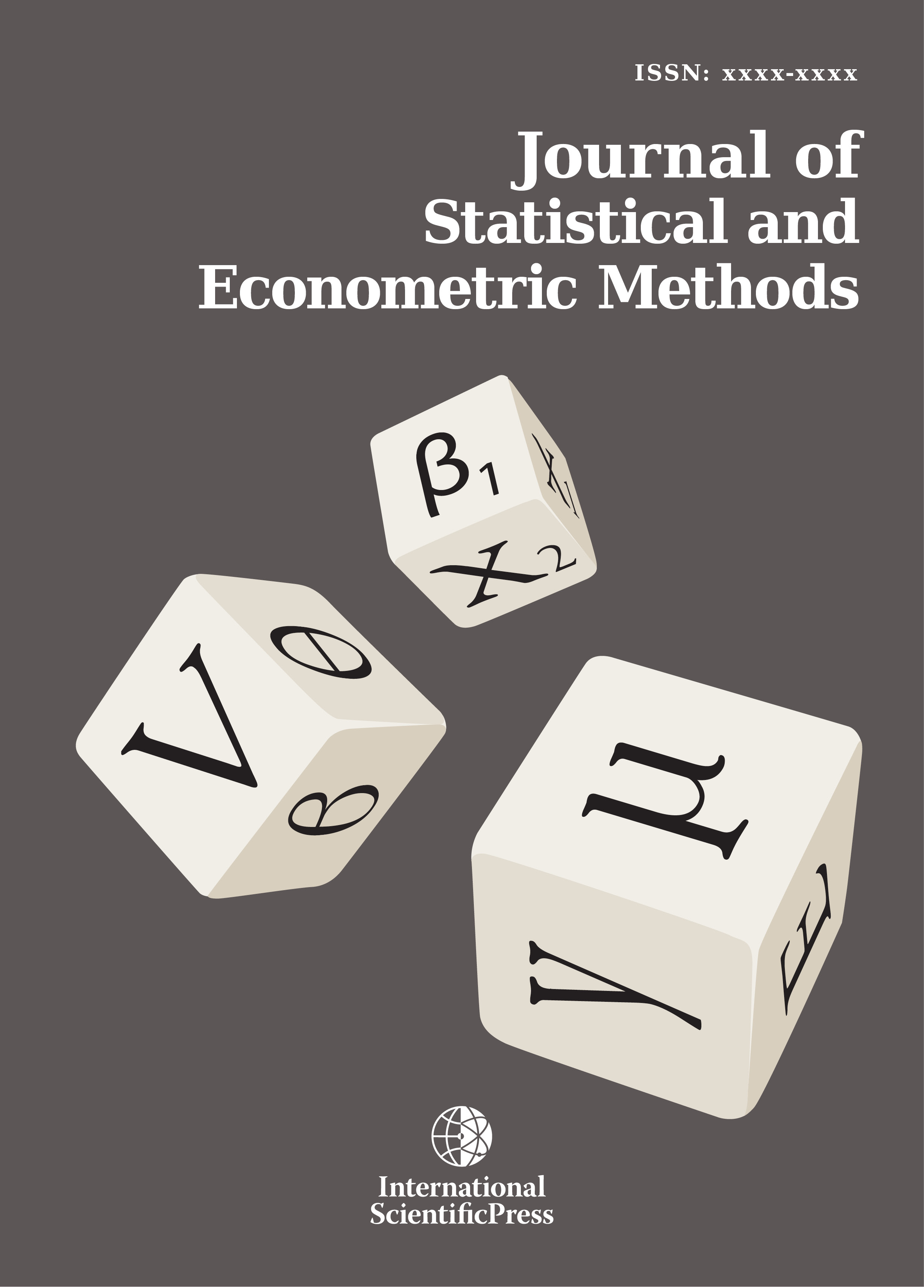Abstract
This paper compares Seasonal Autoregressive Integrated Moving Average Model with Bilinear Autoregressive Integrated Moving Average Model in the analysis of Nigeria Gross Domestic Product. The analysis makes use of quarterly data (Table 7) of Nigeria Gross Domestic Product at 1990 Constant Basic Prices from first quarter 1993 to fourth quarter 2012, Statistical Bulletin (p. 144-148, 2012). SARIMA (0,1,2)(0,1,1)4 and BARIMA (0,2,1,0,1) Models were fitted to original GDP and seasonally adjusted data, and the results do not change the values of the parameter estimates from both series. The autocorrelation functions in Figures 7 & 8 describe pure white noise process for the residual values of the two models. Furthermore, Ljung Box Chi-Square test Statistic confirms non-existence of autocorrelations in the residual values, while Analysis of Variance test suggests overall fitness of the Bilinear Regression Model. The Akaike Information Criterion shows a better performance of BARIMA model than SARIMA model in fitting Nigeria Gross Domestic Product (NGDP). The estimates from the two models compare favourably with the actual values of the Nigeria Gross Domestic Product (see Figures 9, 10). This paper recommends Bilinear Autoregressive Moving Average Model as a class of non-linear model for modelling Nigeria Gross Domestic Product.
Mathematics Subject Classification: 62K05
Keywords: Gross Domestic Product; Autocorrelation Function; Partial Autocorrelation Function; SARIMA model; BARIMA Model and Trend Analysis
 [ Download ]
[ Download ]
